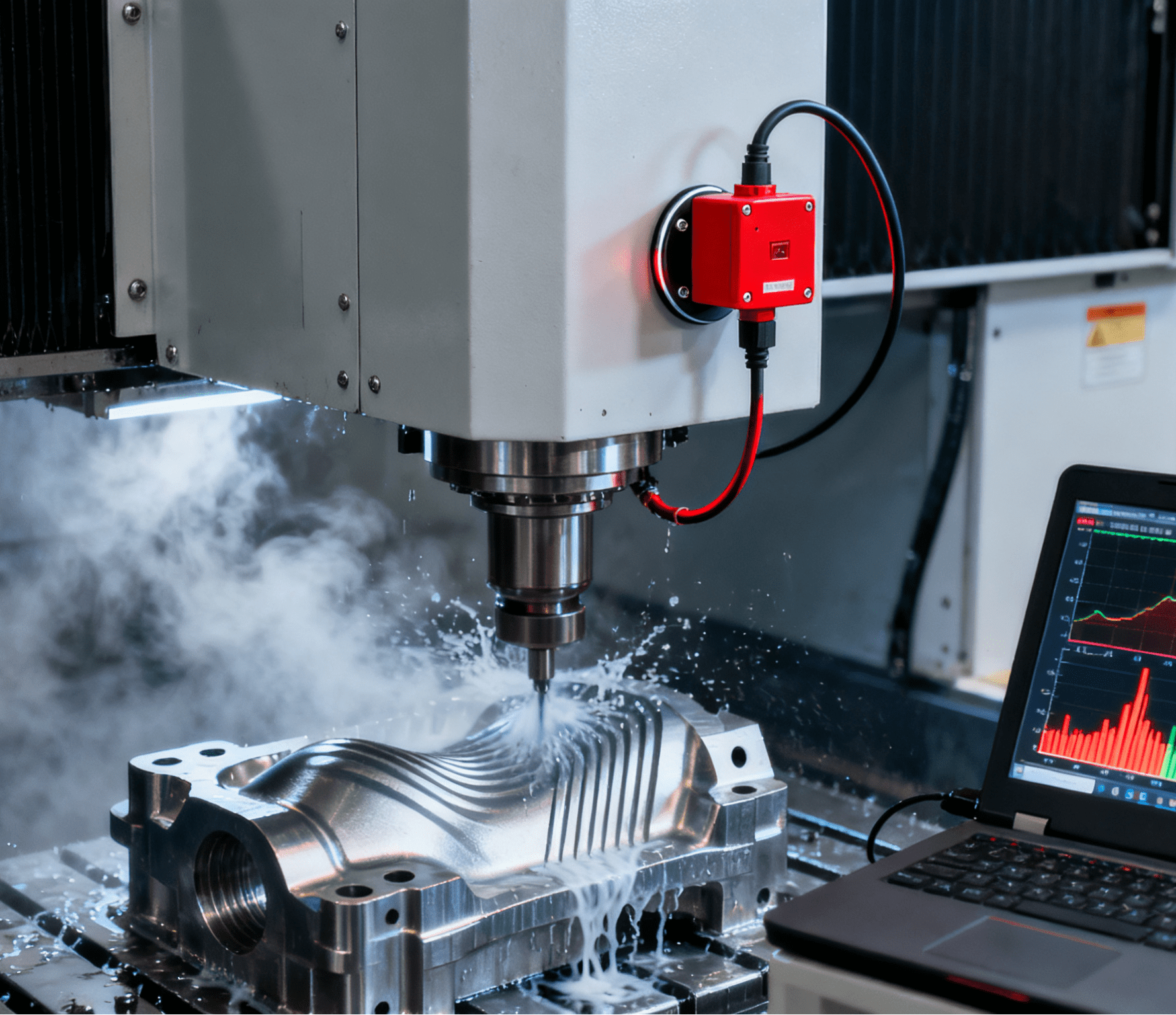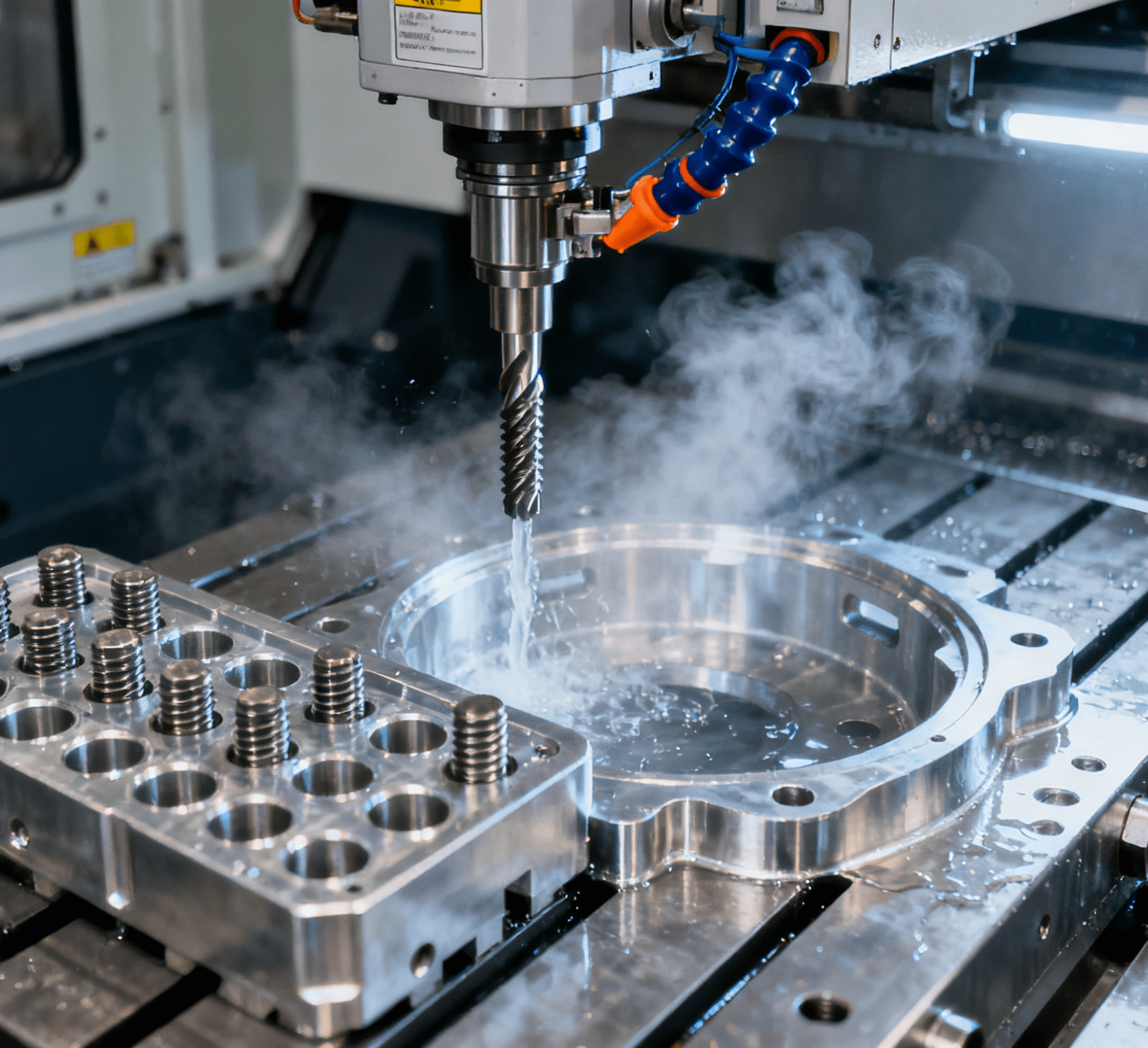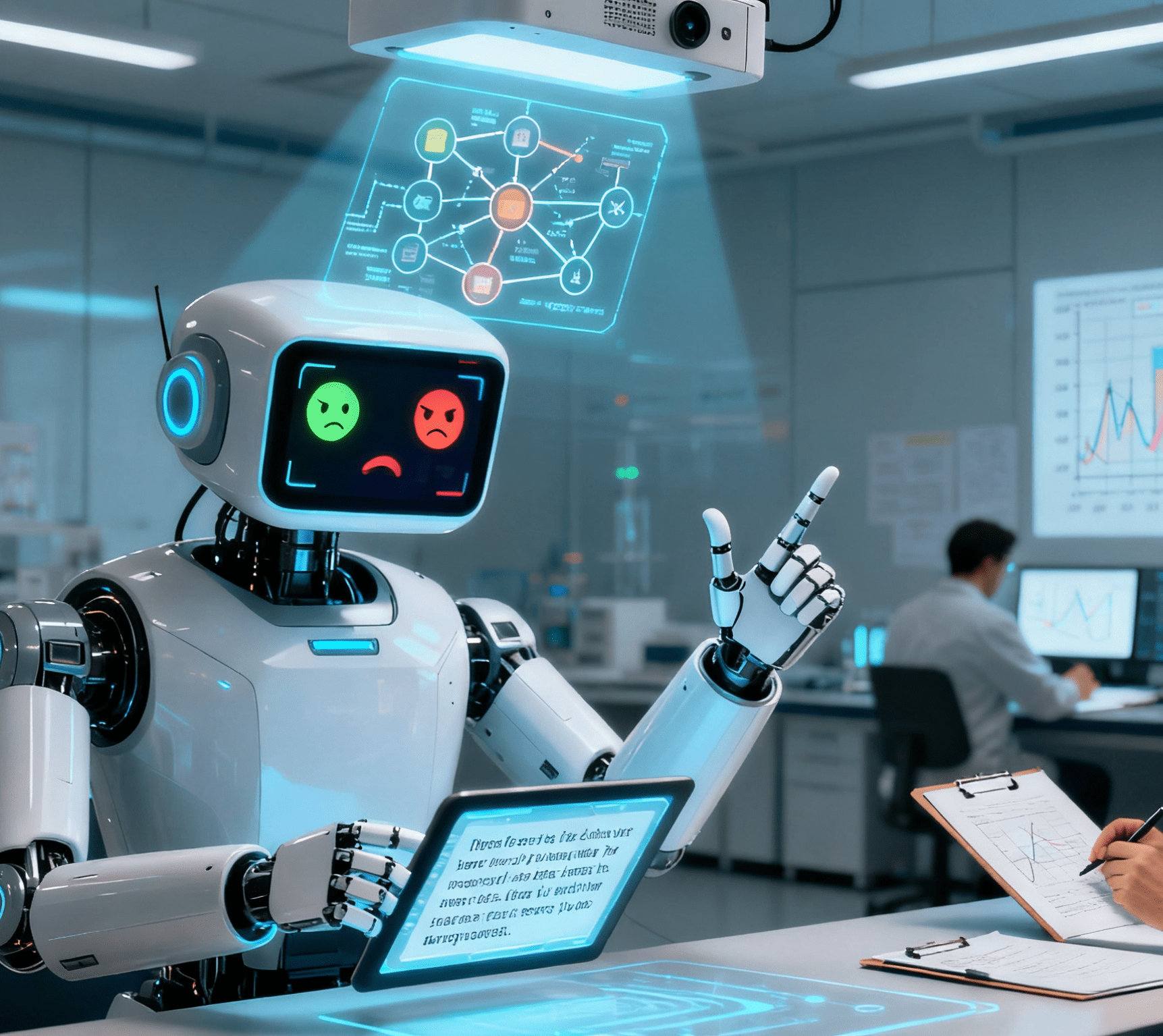Amazon’s Quest: Replacing Human Workers with Humanoid Bots in Delivery

In the relentless pursuit of efficiency and cost – cutting, Amazon, the behemoth of e – commerce, is once again at the forefront of a revolutionary shift in its operations. The company that has long been associated with pushing the boundaries of industrial automation and automation equipment in its warehouses is now setting its sights on an even more ambitious goal: replacing human delivery workers with humanoid robots. This move is a significant step in Amazon’s broader strategy to fully embrace intelligent automation across its entire supply chain, from the moment an order is placed to the final doorstep delivery.
Amazon has already transformed its warehouses into highly automated ecosystems. With an array of automation equipment such as large, squat robots scurrying around the floor, tall crane – like machines efficiently moving goods, and other specialized bots, the company has significantly increased productivity. However, the last – mile delivery, the final and often most challenging part of getting a package from the warehouse to the customer, has remained largely in the hands of human workers. Until now.
According to reports from The Information, Amazon is gearing up to test humanoid robots for package deliveries. The company has been quietly working on this project, and it’s now ready to take the next big step. The initiative involves training these humanoid robots to “spring out” of Amazon’s Rivian – made delivery vans and complete the last – mile journey, dropping the package right at the customer’s doorstep. To prepare these robots for the real – world challenges of delivery, Amazon has created an indoor park in San Francisco, about the size of a coffee shop. This park is designed as an obstacle – filled training ground, simulating various real – life scenarios that delivery personnel encounter daily, such as stairs, uneven paths, and different types of doorways.
In parallel with the physical robot development, Amazon is also deep in the throes of developing AI software. This software is crucial as it will be the brain that operates the humanoid robots, guiding them through the complex task of navigating to the correct address. It’s a complex undertaking, considering that Amazon has yet to fully roll out its LLM – powered Alexa+ voice assistant. But the allure of automating the workforce, especially in an area as labor – intensive as delivery, is too strong to resist.
This push for humanoid robot delivery is, at its core, about Amazon’s long – standing strained relationship with its labor force. Time and again, the company has faced criticism for its treatment of workers, from the infamous reports of workers having to pee in a bottle due to grueling work schedules in the warehouses. A robot, on the other hand, doesn’t need bathroom breaks, won’t demand better working conditions, and certainly won’t be interested in forming a union. While the concept of humanoid robots and the vision of a future where they are an integral part of our daily lives, à la The Jetsons, might seem exciting on the surface, in the context of Amazon’s delivery system, it’s hard not to be skeptical. The idea of a robot, still in its technological infancy, trying to figure out whether to deliver a package on the steps outside an apartment building or in the safety of the foyer doesn’t exactly inspire confidence.
There are numerous hurdles that stand in the way of Amazon’s dream of a robot – delivered future. Humanoid robots are still a relatively new and unproven technology. Walking on two legs, a seemingly simple task for humans, is incredibly complex for robots. Maintaining balance, especially while carrying a package of varying weights, is a significant engineering challenge. Additionally, robots need to be able to interact with the public in a friendly and non – intimidating way, which requires advanced programming and machine learning. Amazon is reportedly testing robots like Digit, made by Agility Robotics, a company it has already partnered with. But the controlled environment of a factory, where Digit is currently being tested, is worlds apart from the chaotic and unpredictable streets of a busy city like New York.
Despite these challenges, Amazon is unlikely to back down. The company has a long history of persevering with ambitious projects until they become a reality. Whether it’s the development of Amazon Web Services, which has transformed the cloud computing industry, or the roll – out of Amazon Prime, which revolutionized online shopping with its fast delivery promise, Amazon has always been willing to invest time and resources into game – changing ideas.
In conclusion, only time will tell if Amazon can successfully pull off the feat of replacing human delivery workers with humanoid robots. If it does, it could have far – reaching implications, not only for Amazon’s bottom line but also for the future of the delivery industry as a whole. However, if the past is any indication, the road to this robotic revolution will be long and filled with unexpected twists and turns. For now, we can only watch and wait as Amazon attempts to rewrite the rules of last – mile delivery.




















